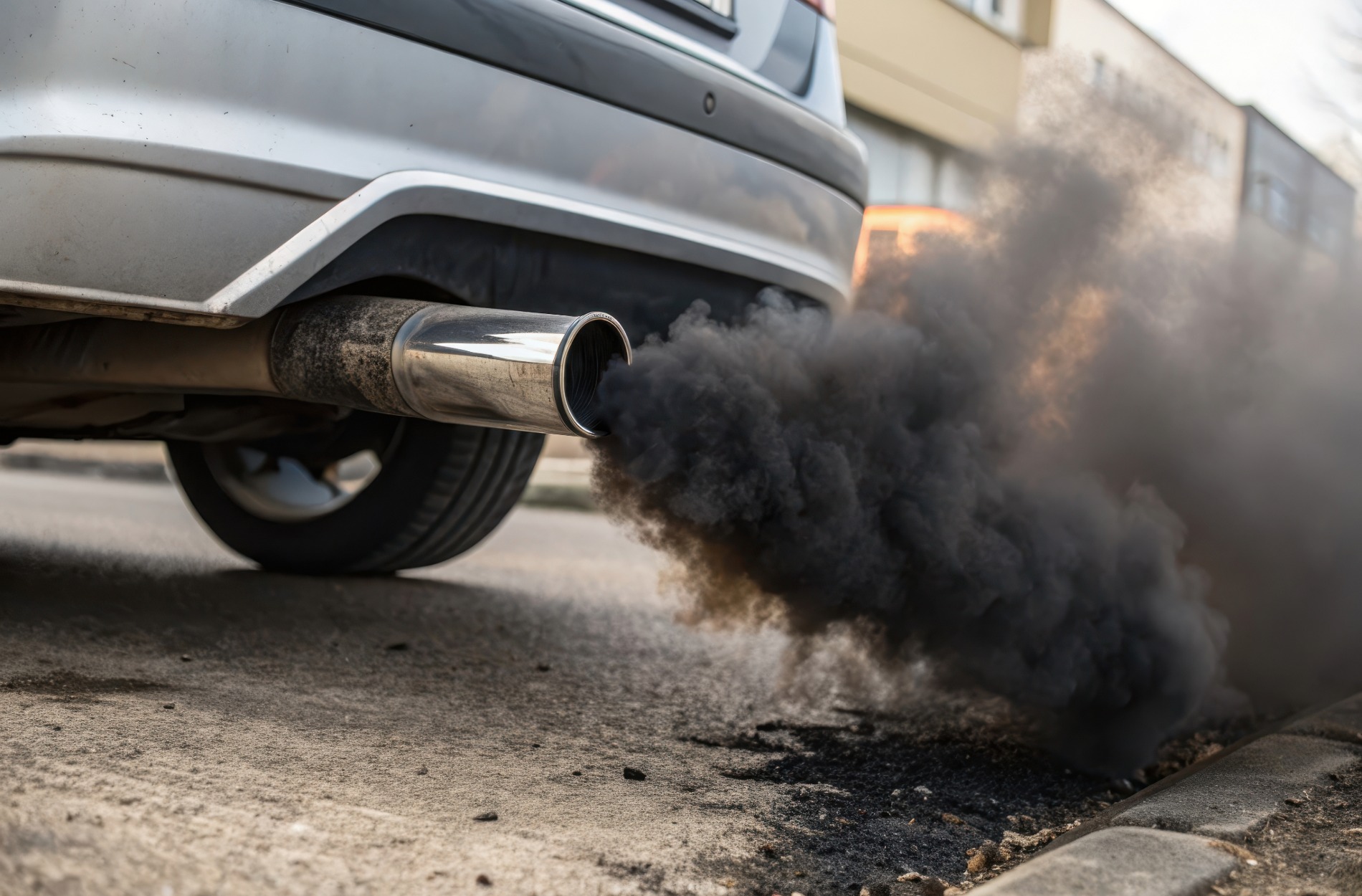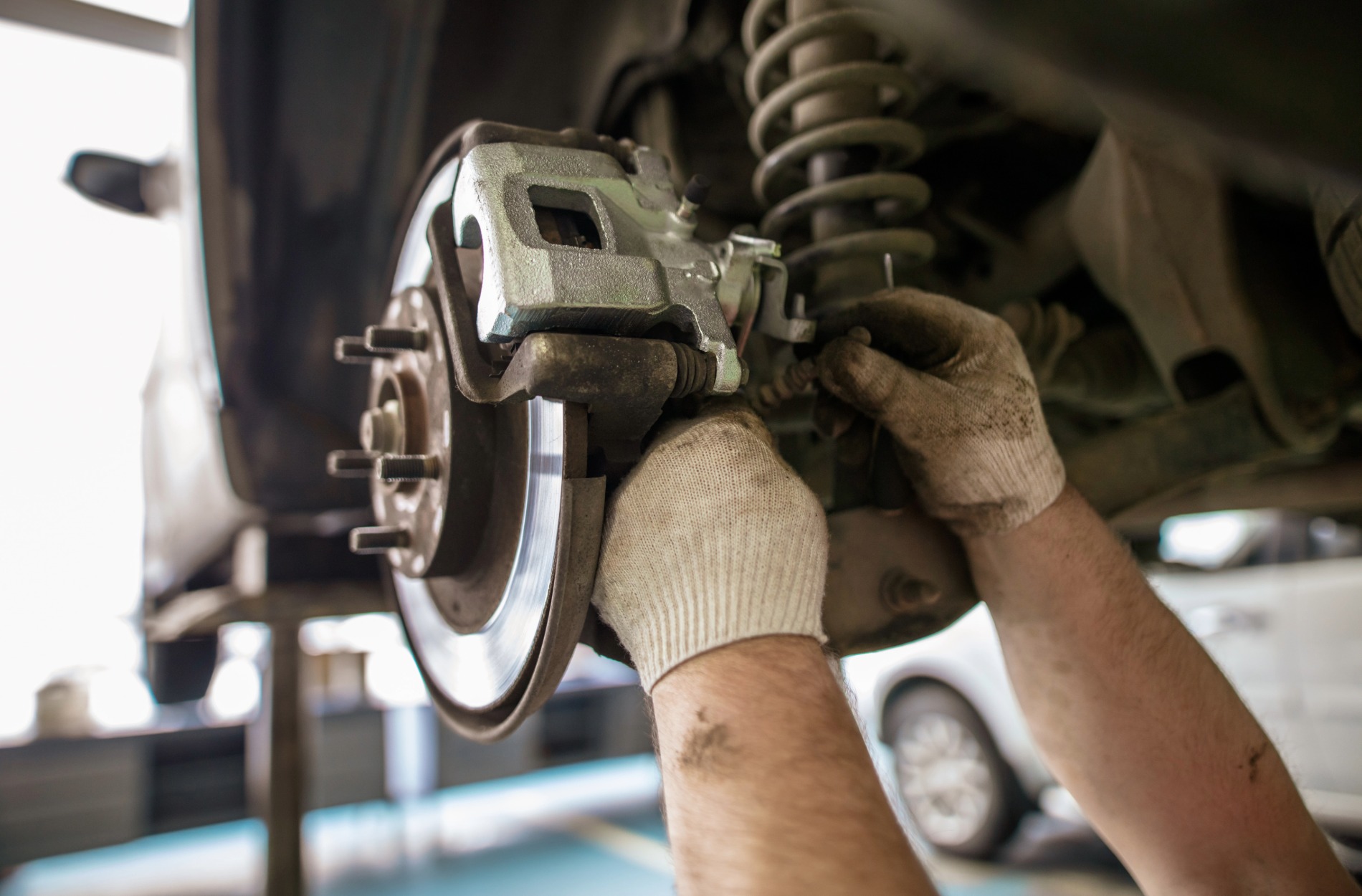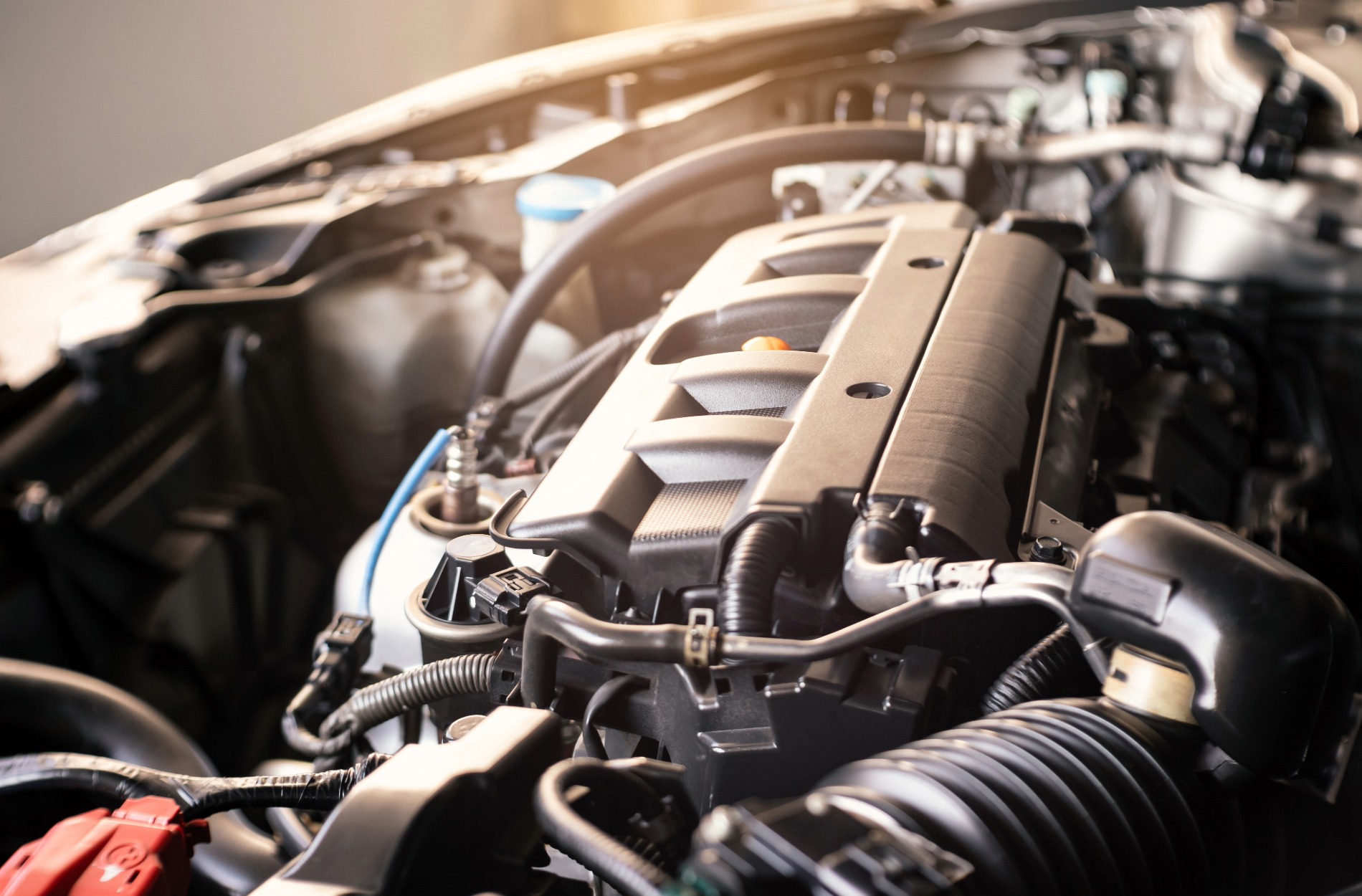No one likes to see the check engine light pop on while driving. For most drivers, that little light carries a mix of confusion, concern, and frustration. It’s not always clear what it means or how serious it is. Sometimes your car still feels like it’s running fine, so it can be tempting to ignore it. But that light is your vehicle’s way of saying something isn’t quite right under the hood.
Even though it can turn on for a wide range of reasons, from small issues to bigger problems, ignoring it isn’t the answer. The check engine light is part of your car’s diagnostic system, and when it comes on, it stores a code that helps point a technician to the source. Figuring out what triggered it early can save you from expensive repairs and unexpected breakdowns later on. Learning what might cause it to turn on can help you understand what your vehicle is trying to tell you.
Common Check Engine Light Triggers
The check engine light isn’t just for major engine failures. It can come on because of something as simple as a loose gas cap or something more complicated like a failing catalytic converter. The problem ranges, but they’re all worth looking into. Some of the most common reasons are easy to miss but still important to catch early.
Here are a few frequent triggers you might run into:
– Loose or damaged gas cap: This is one of the easiest problems to fix, and it’s also one of the most overlooked. If the cap isn’t sealing right, it can allow vapors to leak and trigger the light.
– Failing oxygen sensor: This sensor tracks the air-to-fuel ratio in your engine and helps your vehicle run cleaner. When it starts to fail, your fuel efficiency can drop, and emissions can rise.
– Worn-out spark plugs or wires: These small parts carry the spark that makes your engine run. If they’re not working right, your engine may misfire or run rough.
– Faulty mass airflow sensor: This piece helps your engine adjust the fuel amount based on how much air is coming in. If it fails, performance can drop, and the light may come on.
– Problems with the catalytic converter: This part is responsible for breaking down harmful emissions. If it’s failing, it won’t just affect your emissions—it could affect your whole engine’s performance.
Let’s say you recently filled up on gas, and shortly after, the check engine light comes on. Before you panic, check the gas cap. If it’s loose, tightening it might solve the issue in minutes. If the light stays on, it’s time to look deeper. These kinds of small checks help, but when the light won’t go away, it’s best to see someone who knows what to look for.
Understanding the Severity of the Codes
Not all check engine lights mean the same thing. Some are gentle nudges, while others are loud warnings. Knowing how to tell the difference between a minor issue and a more serious one can help you plan your next move.
There’s often a difference in what the light is doing:
– Solid light: This usually means there’s an issue, but it isn’t urgent. Things like a broken sensor or faulty plug might be the cause. You should still get it looked at soon, but you’re probably not at risk of immediate damage.
– Flashing light: This is your vehicle shouting for help. A flashing light often means there’s a serious issue like an engine misfire that could lead to long-term damage if you keep driving. If this happens, it’s smart to stop and get help right away.
Some vehicles may also display messages or codes along with the light. While these won’t tell you the full story, they can help engine repair specialists figure out what’s wrong quicker. They’ll use diagnostic tools to read the stored trouble codes, which are like clues that help narrow down the issue.
Paying attention to how the check engine light behaves can save you from needing more repairs later. If it flashes, don’t assume your car can power through it. It’s always safer to get it checked before things get worse.
How To Respond When The Light Comes On
When the check engine light comes on, your first thought might be to ignore it and see if it goes away on its own. Don’t do that. Your car is telling you something, and the light is trying to prevent bigger or more expensive issues from showing up later.
The first thing you should do is check your gas cap. Make sure it’s on tight and in good condition. This simple step can sometimes turn the light off if a loose or cracked cap is the cause. If that doesn’t fix it, take note of how your vehicle feels. Is it driving normally? Making strange noises? Losing power? All of that can be helpful information to share with the shop when you take your car in.
Here are some straightforward steps to follow when you see the check engine light:
1. Check for any ongoing symptoms like rough idling, shaking, or loss of power.
2. Look at your dashboard for other warning lights or temperature spikes.
3. Stop and tighten the gas cap if it’s loose.
4. Make a note of when the light came on and any changes in vehicle behavior.
5. Avoid pushing your car too hard. No speeding or heavy towing until it’s inspected.
6. Schedule a diagnostic test with an engine repair specialist as soon as possible, even if the car feels normal.
If the light is flashing, pull over safely and shut off the engine. Driving any farther could cause more damage. In that case, it’s safer to get it towed rather than risk a costly repair. It’s better to deal with a short delay now than deal with major engine work later.
Benefits Of Professional Engine Evaluation
Getting your engine checked by a trained technician means you’re not guessing. While sensors and apps can show you basic codes, they don’t always give the full picture. A certified engine repair specialist has the tools and training to read deeper into what’s going on and spot issues that might not show up right away.
Here’s what you get when a professional checks your engine:
– A complete diagnostic test using industry-grade tools
– An inspection of other related components that might be affected
– A fuller explanation of the engine codes and what they mean
– Clear repair recommendations with specific timelines
This kind of service can also help catch future problems early. For example, a technician might notice wear on your spark plugs before they fail in the middle of a road trip. Or they may see warning signs in your airflow system that could turn into a costly repair if left untreated.
Professional evaluations are also more likely to pick up on complicated issues that overlap with other systems in your vehicle. What seems like an engine issue could be a failing sensor tied to your emissions system or fuel delivery. Having an expert look things over means you’re not fixing pieces blindly or wasting money.
It’s about taking the guesswork out of care and making sure your vehicle doesn’t leave you stranded.
Keep Your Engine Running Smoothly with H&I Automotive
The check engine light might seem small, but it speaks volumes about your car’s health. Whether it’s a loose cap or a more serious repair, paying attention to it early will always work in your favor. Understanding what triggers the light, what the different kinds of alerts mean, and how to respond can help you protect your vehicle for the long term.
It’s never fun to think about car problems, especially when your car feels like it’s driving just fine. But catching issues before they grow is part of keeping your daily routine on track. Whether you’re commuting, traveling, or just running errands, you deserve a car that not only starts up but stays reliable. Getting it looked at by an experienced professional gives you peace of mind, and your engine has a better chance of staying in shape for the road ahead.
When your check engine light starts acting up, you don’t want to take chances. Understanding what’s truly going on under the hood is important for peace of mind and can save you from bigger headaches later on. Trust the expert team at H&I Automotive to unravel the mystery. Our experienced engine repair specialists are ready to provide a thorough diagnosis and get your vehicle running smoothly again. Don’t let that light keep you guessing; take control of your car’s health today.




